Melasma, a frustrating skin condition characterized by stubborn brown or gray patches on the face, can significantly impact self-confidence and well-being. Often affecting the cheeks, forehead, and upper lip, these patches can feel like an uninvited guest refusing to leave. But before we resign ourselves to their permanent presence, let’s delve into a promising therapeutic option: Pynocare. It is clinically-proven to reduce the appearance of melasma in as early as 8 weeks, see the effect of Pynocare before and after in this article!
Clinically Proven Melasma Treatment
Clinical studies are conducted prior to any medication being released in the market. This is to ensure their efficacy, safety, and also to prove their therapeutic claims to be accurate. Take for example, the clinical trial conducted in the Philippines for a melasma medication. The study by Dr. Handog and her colleagues offer a glimpse into the transformative potential of Pynocare in treating melasma.
The study was a randomized, double-blind, placebo-controlled trial. Participants were randomly assigned to receive either a placebo or a combination of Procyanidin + Ascorbic Acid + Betacarotene + d-Alpha-Tocopheryl Acetate, twice daily for 8 weeks. The primary outcome measure was the change in melasma severity as assessed by a mexameter, which measures melanin content in the skin, and the Melasma Area and Severity Index (MASI), which is a score based on the area, darkness, and homogeneity of pigmentation.
Before and After with Pynocare
Participants taking Procyanidin + Ascorbic Acid + Betacarotene + d-Alpha-Tocopheryl Acetate for 8 weeks experienced significant reductions in melasma severity. The study revealed:
- Decreased melanin content: Measured by mexameter, a device that quantifies melanin, Pynocare led to a notable decrease in skin pigmentation. Before and after results showed that the treatment group showed significant decrease in both the left and right cheeks at weeks 4 and 8 of the study.

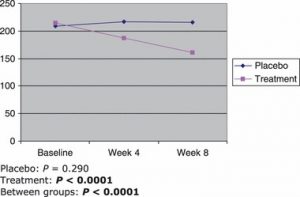
These graphs show the change in melanin content in the left and right cheek areas of the participants from both the placebo and treatment groups at different stages of the study.
- Improved MASI score: The Melasma Area and Severity Index (MASI), a scoring system for melasma severity, showed significant improvement in the Pynocare

This figure shows the significant difference in the average MASI scores of the participants from both the placebo and treatment groups.
- Visible lightening of patches: You might be thinking that the numbers and figures above might not mean anything. And you might be wondering how these numbers and figures translate into the real world aka “how visible are the differences before and after taking Pynocare?”
Subjective evaluation from both the study participants and physicians showed moderate to obvious clinical. Before and after pictures showcased a noticeable reduction in the size and intensity of melasma patches in participants taking Pynocare.

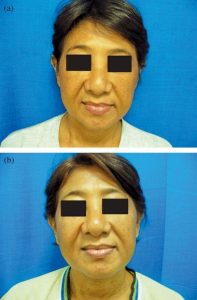
As shown in the before and after images above, you can see the significant and visible change in the study participants’ pigmentation (color) and size of melasma. But with such promising results, you might be wondering how Pynocare achieves such results? Taking a closer look at the ingredients might reveal why.
Antioxidant Powerhouse
Free radicals are highly reactive molecules generated by normal vital body processes or external factors such as sun exposure, air pollution, cigarette smoking, industrial chemicals, and other environmental and lifestyle factors such as stress. These are highly reactive species, capable of damaging biologically relevant molecules such as DNA. Free radicals can also attack important macromolecules like proteins, carbohydrates, and lipids which can lead to cell damage and homeostatic disruption.
They can damage skin cells and contribute to melanin overproduction. Pynocare’s antioxidant prowess comes into play here. It neutralizes free radicals, protecting skin cells from their harmful effects and potentially reducing inflammation, a key player in melasma development. Let’s break down what makes Pynocare an antioxidant powerhouse and why it is so effective in reducing melasma.
Procyanidin
Procyanidin is a type of polyphenol found abundantly in French maritime pine bark. It has garnered significant scientific attention for its diverse health benefits. Its potent antioxidant, anti-inflammatory, and skin-lightening properties make it a promising candidate for various skin conditions, including melasma. They target melanin production, the key culprit behind skin darkening, by inhibiting the enzyme tyrosinase.
Melanin production is a complex process, and the enzyme tyrosinase plays a crucial role. Procyanidin exhibits tyrosinase-inhibiting properties, meaning it can hinder the enzyme’s activity and potentially curb melanin production. This translates to a potential reduction in hyperpigmentation and the appearance of melasma patches.
Beta-carotene (Vitamin A)
Vitamin A is a crucial player in skin health. It regulates cell growth and differentiation, promoting smoother, clearer skin. Pynocare contains beta-carotene derived from Dunaliella salina extract. Dunaliella salina is a type of microalgae that thrives in bodies of water with high saline content and is known to be the richest natural source of beta-carotene.
Beta-carotene is a precursor to vitamin A. Once consumed, beta-carotene is converted into retinol, the active form of vitamin A, within the body. This readily available source of vitamin A helps in regulating melanin production, combating inflammation, and promoting skin cellular turnover which makes it a potential ally in addressing skin concerns like melasma.
Ascorbic Acid (Vitamin C)
This essential vitamin acts as a powerful antioxidant, neutralizing free radicals that contribute to skin aging and hyperpigmentation. By scavenging free radicals, vitamin C helps protect skin cells from damage and potentially reduces melanin production. It also exhibits tyrosinase-inhibiting properties, meaning it can hinder the enzyme’s activity and potentially slow down melanin production, leading to a lighter appearance of melasma patches.
With its antioxidant, tyrosinase-inhibiting, and skin-lightening properties, it definitely plays a crucial role in managing melasma.
Vitamin E: Another antioxidant powerhouse, vitamin E shields the skin from environmental stressors and promotes overall skin health. It is a fat-soluble antioxidant that protects cells from damage caused by free radicals, reactive molecules that can harm skin cells and contribute to melanin overproduction, a key factor in melasma. Vitamin E being a fat-soluble vitamin is also one of the reasons why Pynocare is better taken after meals since the fat from the food we eat helps with its absorption.
Evidence Speaks
While finding a one-size-fits-all solution for melasma has been challenging for years, the before and after results from the clinical trial paints a different picture. It shows why Pynocare is a promising option in battling melasma. The results above show how Pynocare delivers on its promise of a melasma-free skin.
The effectiveness of Pynocare is not merely theoretical; evidence from other clinical studies from other countries such as Thailand and Malaysia have shed light on its promising benefits.
A Holistic Approach to Tackling Melasma
Although Pynocare offers promising results in the fight against melasma, a holistic approach is needed to fully eradicate the problem. Sun protection remains the cornerstone of any management plan. Consistent and diligent use of sunscreen with SPF 30 or higher is paramount. Broad-spectrum sunscreens that block both UVA and UVB rays are key, as both contribute to melasma development. Sun-protective clothing, hats, and seeking shade during peak sun hours are additional essential steps.
Similarly, a healthy lifestyle and a well-balanced diet contributes to solving the problem. All of these efforts should be coupled with sticking to a good skin care routine and regularly consulting with a dermatologist.
As with any medication, individual responses with Pynocare can vary, and potential side effects like mild nausea or stomach upset can occur in some cases. Consulting a healthcare professional before starting Pynocare is crucial, especially for individuals with pre-existing medical conditions or taking other medications. Pregnant or breastfeeding women should also exercise caution and as much as possible avoid taking medications and supplements that are not recommended by their physicians.
Melasma-free Skin from Deep Within
Melasma’s impact goes beyond the surface, often affecting self-esteem and quality of life. Pynocare, with its unique blend of procyanidin and vitamins A, C, and E, offers a beacon of hope for individuals seeking a natural and effective approach to managing this condition. Remember, consistency is key; adhere to the recommended treatment regimen and follow up with your dermatologist.
Disclaimer: This article is not intended as a substitute for professional medical advice. Always consult a qualified healthcare professional before starting any new supplement or treatment regimen, especially if you have any underlying health conditions.
References
- Handog, E. B., Galang, D. A., de Leon-Godinez, M. A., & Chan, G. P. (2009). A randomized, double-blind, placebo-controlled trial of oral procyanidin with vitamins A, C, E for melasma among Filipino women. International Journal of Dermatology, 48(8), 896–901. https://doi.org/10.1111/j.1365-4632.2009.04130.x
- Yamakoshi, J., Sano, A., Tokutake, S., Saito, M., Kikuchi, M., Kubota, Y., Kawachi, Y., & Otsuka, F. (2004). Oral intake of proanthocyanidin-rich extract from grape seeds improves chloasma. Phytotherapy Research : PTR, 18(11), 895–899. https://doi.org/10.1002/ptr.1537
- Paniagua‐Michel, J. (2015). Microalgal nutraceuticals. In Elsevier eBooks (pp. 255–267). https://doi.org/10.1016/b978-0-12-800776-1.00016-9
- Lobo, V., Patil, A., Phatak, A., & Chandra, N. (2010). Free radicals, antioxidants and functional foods: Impact on human health. Pharmacognosy Reviews, 4(8), 118–126. https://doi.org/10.4103/0973-7847.70902
———————————————————————————————————————————————————————
PYNOCARE (Procyanidin + Ascorbic Acid + Betacarotene + d-Alpha-Tocopheryl Acetate)
The first and only oral medicine that is clinically proven to reduce Melasma or dark spots formation in just 8 weeks. Unlike creams, lotions, and gels, it has MSCC or Melasma Skin Clear Complexion Complex formulation that deeply penetrates the inner layers of the skin, to help normalize melanin levels, thus minimizing the appearance of dark spots in a short time.
Mega Lifesciences Limited Inc. or Mega We Care, is actively involved in helping millions of people have access to safe, effective, world-class quality nutritional & herbal supplements, OTC, and ethical products.

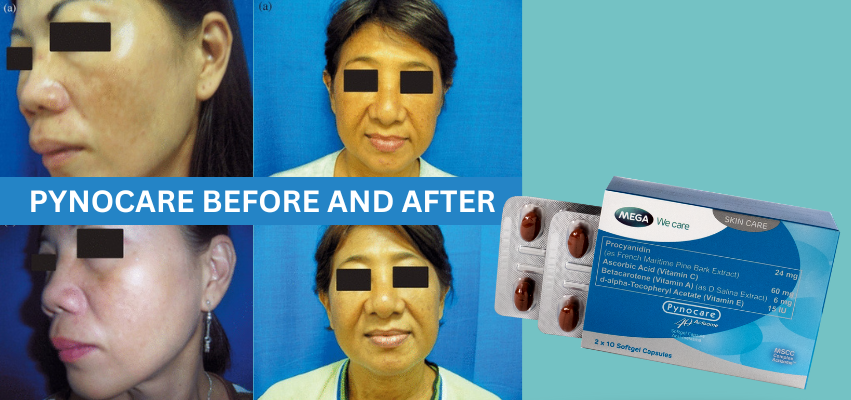
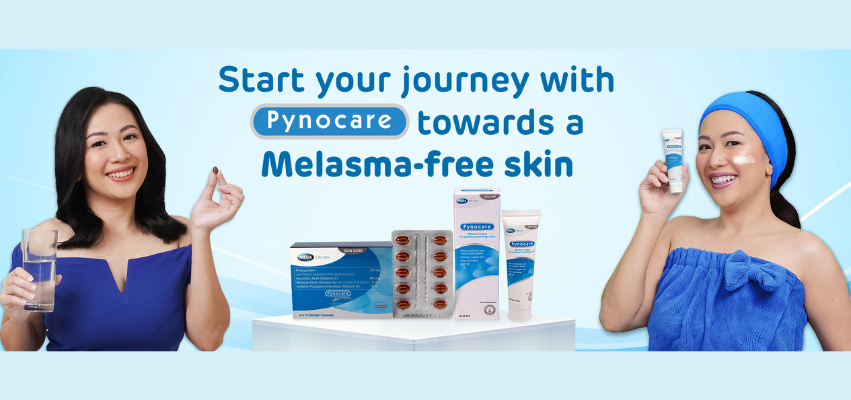
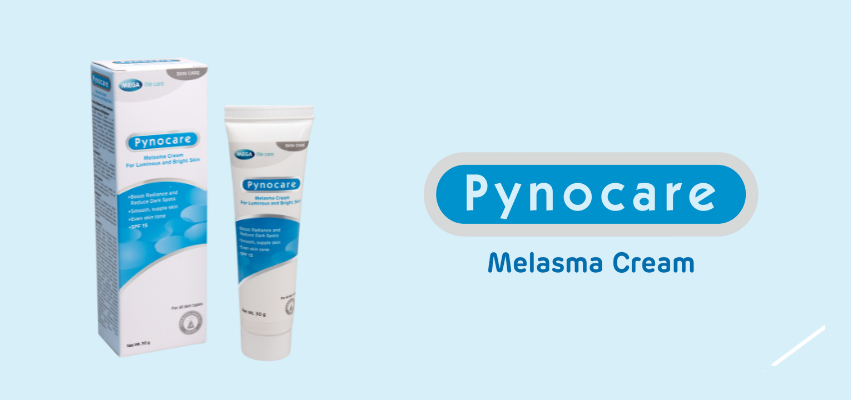
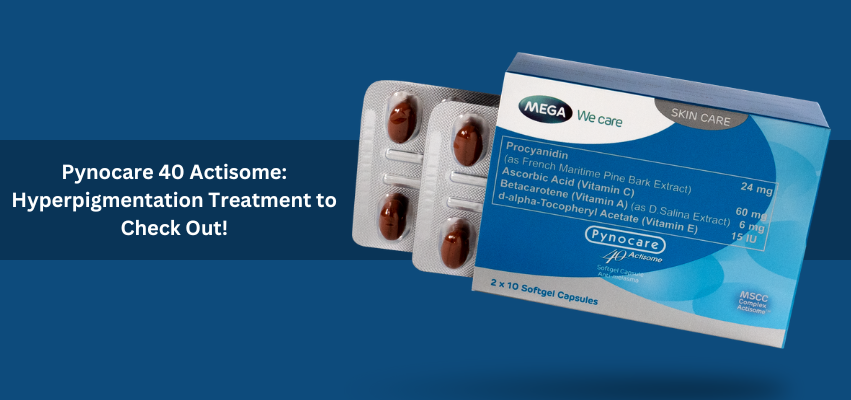


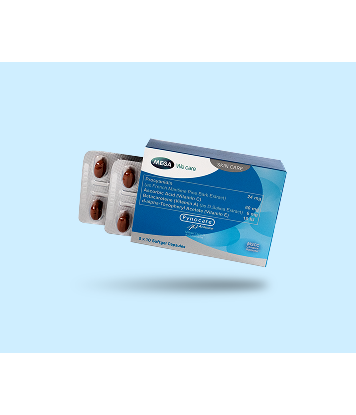


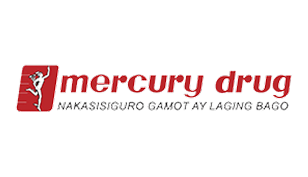
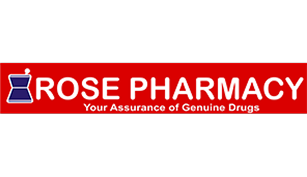







14 Comments on Clinically Proven Solution to Melasma: Pynocare Before and After
I have melasma and I don't know what to do
Hello, Remy! PYNOCARE (Procyanidin + Ascorbic Acid + Betacarotene + d-Alpha-Tocopheryl Acetate) is the first and only oral medicine that is clinically proven to reduce Melasma or dark spots formation in as early as 8 weeks. Unlike creams, lotions and gels, it has MSCC or Melasma Skin Clear Complexion Complex formulation that deeply penetrates the inner layers of the skin to help normalize melanin levels, thus minimizing the appearance of dark spots in a short time.
If you want to learn more about Pynocare and melasma, you can visit https://pynocare.ph/ and https://ph.megawecare.com/skin-care/pynocare/.
To explore more about melasma and other skin conditions, visit https://www.wecareforskin.net/
Find my skin solution
Hello, Janice! If you have melasma, Pynocare might be the solution you are looking for. Thank you!
I wanna try the product due age I can't purchase for myself I have so many spot in my whole body but can't afford for medications
Thank you for your feedback, Veneranda! We understand cost is an important factor in your buying decisions. Pynocare is a clinically proven solution to treat melasma effectively and safely. While other treatments may be more invasive or costlier long-term, Pynocare offers a safe, balanced, and convenient at-home solution.
We need vitamins daily
Hello, Johnny! Indeed, we need vitamins daily. PYNOCARE (Procyanidin + Ascorbic Acid + Betacarotene + d-Alpha-Tocopheryl Acetate) is the first and only oral medicine that is clinically proven to reduce Melasma or dark spots formation in as early as 8 weeks. Unlike creams, lotions and gels, it has MSCC or Melasma Skin Clear Complexion Complex formulation that deeply penetrates the inner layers of the skin to help normalize melanin levels, thus minimizing the appearance of dark spots in a short time.
If you want to learn more about Pynocare and melasma, you can visit https://pynocare.ph/ and https://ph.megawecare.com/skin-care/pynocare/.
To explore more about melasma and other skin conditions, visit https://www.wecareforskin.net/
Badly need to remove my darkspots.
Hello, Grace, PYNOCARE (Procyanidin + Ascorbic Acid + Betacarotene + d-Alpha-Tocopheryl Acetate) is the first and only oral medicine that is clinically proven to reduce Melasma or dark spots formation in as early as 8 weeks. Unlike creams, lotions and gels, it has MSCC or Melasma Skin Clear Complexion Complex formulation that deeply penetrates the inner layers of the skin to help normalize melanin levels, thus minimizing the appearance of dark spots in a short time.
If you want to learn more about Pynocare and melasma, you can visit https://pynocare.ph/ and https://ph.megawecare.com/skin-care/pynocare/.
To explore more about melasma and other skin conditions, visit https://www.wecareforskin.net/
hello awant to know if this is vitamin..
and i have a maintainance for my heart ..
i want this product for my skin..my question is ... is this product will not contract and not dangerous for me since i have maintainance??thank you
Hello, Demilyn! It is a treatment that presents no side effects. In rare cases, it may cause some stomach upset. To prevent this, just take Pynocare after a full meal. If you are taking medications, please consult with your doctor first before taking Pynocare.
Pynocare is approved and registered with the FDA. Studies have shown that Pynocare is safe for human consumption, 100% natural formulation without any added preservatives or chemicals, no accumulation of harmful residues from daily intake. Thank you!
If you want to learn more about Pynocare and melasma, you can visit https://pynocare.ph/ and https://ph.megawecare.com/skin-care/pynocare/.
To explore more about melasma and other skin conditions, visit https://www.wecareforskin.net/.
I also have a dark spots and melasma for almost 5 years.
Hello, Ailed! PYNOCARE (Procyanidin + Ascorbic Acid + Betacarotene + d-Alpha-Tocopheryl Acetate) is the first and only oral medicine that is clinically proven to reduce Melasma or dark spots formation in as early as 8 weeks. Unlike creams, lotions and gels, it has MSCC or Melasma Skin Clear Complexion Complex formulation that deeply penetrates the inner layers of the skin to help normalize melanin levels, thus minimizing the appearance of dark spots in a short time.
If you want to learn more about Pynocare and melasma, you can visit https://pynocare.ph/ and https://ph.megawecare.com/skin-care/pynocare/.
To explore more about melasma and other skin conditions, visit https://www.wecareforskin.net/